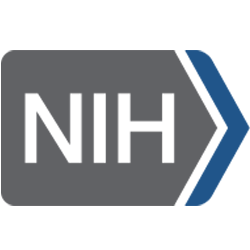
Yue Lie, PhD
Research Assistant Professor
NIH Hub Grant
Ambystoma mexicanum, otherwise known as the axolotl, is a salamander native to the freshwater Lake Xochimilco in Mexico. The axolotl is a paedomorphic salamander, meaning its physiological development is slowed, such that an adult axolotl retains its juvenile form. Due to water pollution from nearby Mexico City, as well as drought and introduction of invasive species, axolotl numbers have dramatically declined, with an IUCN red list classification of Critically Endangered. Despite this, the ease of husbandry and breeding, as well as it’s regenerative abilities, has made the axolotl a popular biomedical model organism, used routinely to investigate heart defects and treatments for spinal cord and limb injuries. It’s popularity as a biomedical model has led to the creation of many transgenic and mutant variants, called “lines”. These lines represent valuable resources for both current and future research and are thus curated and maintained by the Ambystoma Genetic Stock Center (AGSC) at University of Kentucky, in Lexington. Here, animals are bred within the facility and distributed to researchers who purchase embryos, larvae and adults for their research. The need to maintain these lines as live animals requires a costly investment in time, expertise and finances, but also leaves the community vulnerable in the event that live animals are lost. One solution to this is to safeguard the valuable genetic resources as frozen germplasm in a repository.
Here at the AGGRC we are working to develop the sperm cryopreservation protocols and pathways required to comprehensively and efficiently store retrievable germplasm to reconstitute transgenic and mutant lines as part of our National Institutes of Health-funded grant. By building repository capabilities for the AGSC, a reduced number of live axolotls will be required, reducing both the cost and amount of time required for maintenance of the collection, whilst safeguarding the genetics.
A second objective of the grant is a parallel mission to build a centralized “HUB” cryopreservation network for aquatic biomedical model resource centers by standardizing and harmonizing techniques, development of protocols and pathways, outreach programs, and community interaction. This mission connects the AGGRC with the National Animal Germplasm Program, the Ambystoma Genetic Stock Center, the National Xenopus Resource, the National Resource for Aplysia, the Xiphophorous Genetic Stock Center and the Zebrafish International Resource Center.
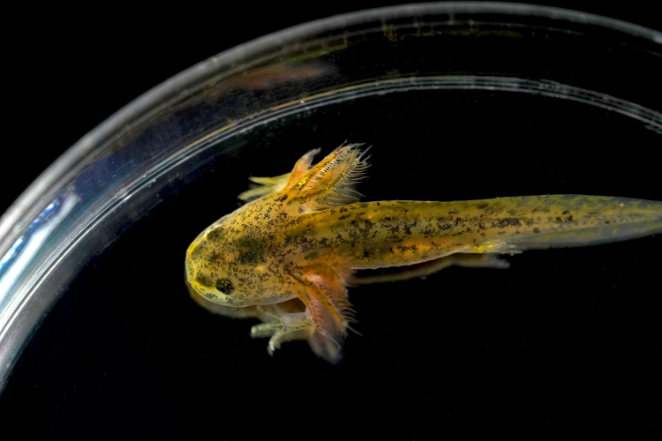
Team Members
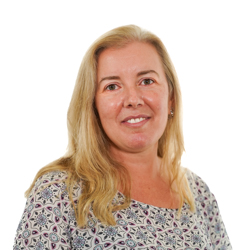
Lucia Arregui - Postdoctoral Researcher
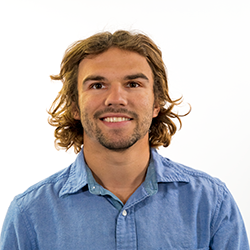
Adam Wise - Undergraduate Student Worker
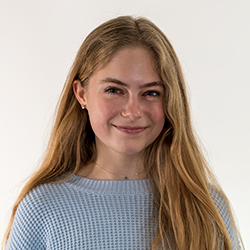
Lily Carter - Undergraduate Student Worker
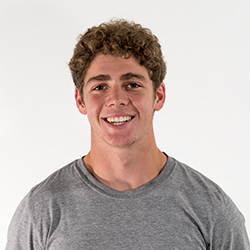
Luke Turner - Undergraduate Student Worker
Collaborators
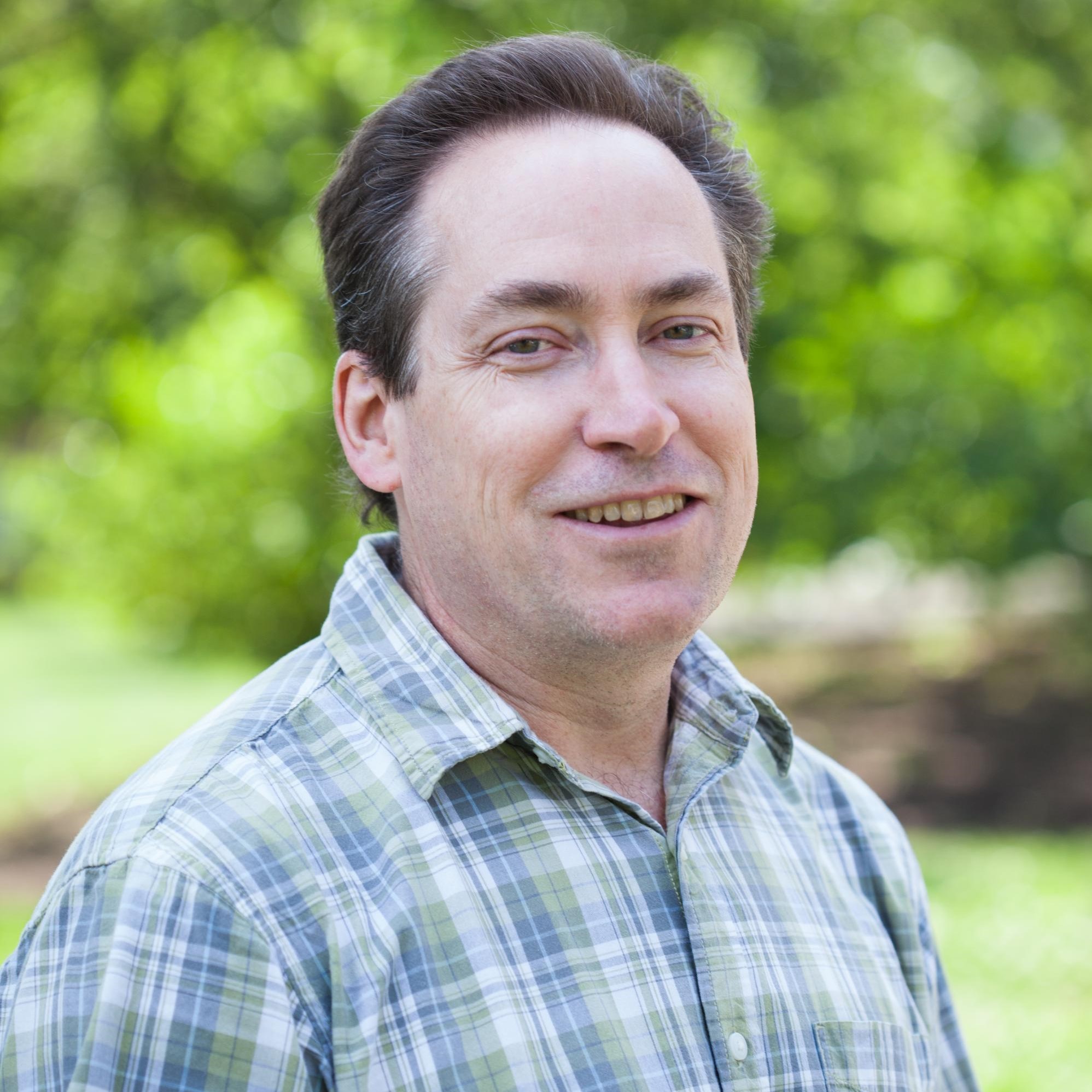
Dr. Randal S. Voss - Director, Ambystoma Genetic Stock Center, University of Kentucky

Laura Muzinic - Associate Director, Ambystoma Genetic Stock Center, University of Kentucky
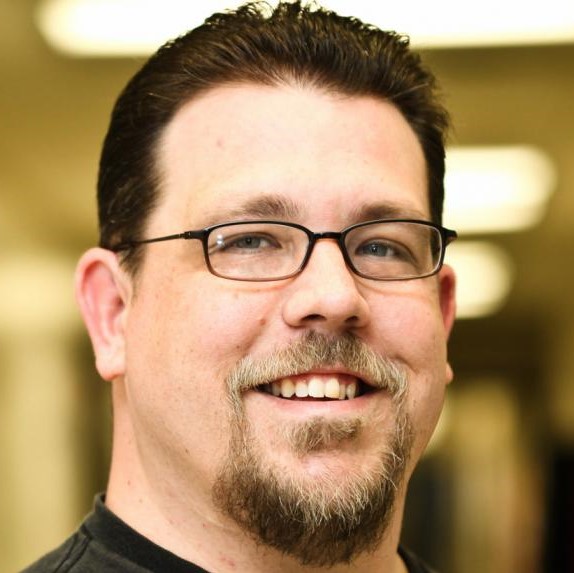
Chris Muzinic - Curator, Ambystoma Genetic Stock Center, University of Kentucky
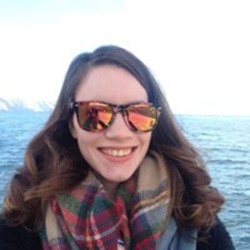
Grace Zimmerman - Assistant curator, Ambystoma Genetic Stock Center, University of Kentucky
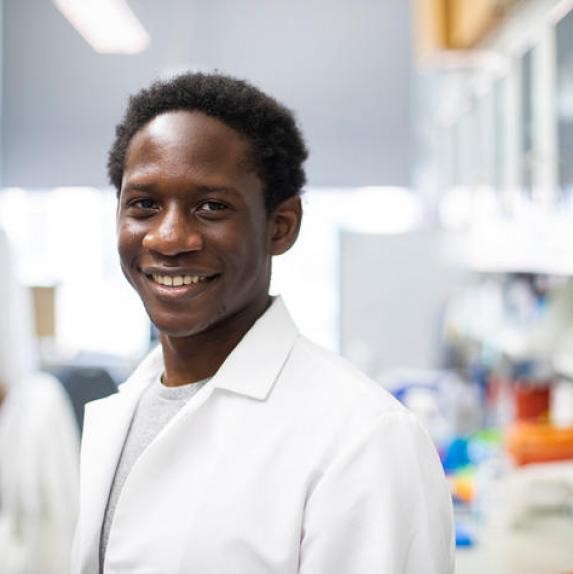
Mirindi Kabangu - Laboratory technician, Ambystoma Genetic Stock Center, University of Kentucky

Raissa Cecil - Scientist I, Ambystoma Genetic Stock Center, University of Kentucky
Funding Organizations
